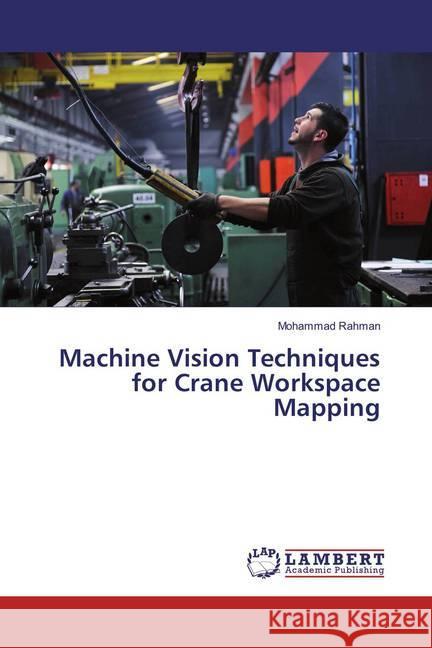Machine Vision Techniques for Crane Workspace Mapping » książka
Machine Vision Techniques for Crane Workspace Mapping
ISBN-13: 9783659868016 / Angielski / Miękka / 2016 / 100 str.
Cranes are used worldwide for transportation and material handling in a variety of industries and facilities, including manufacturing industries, shipyards, and warehouses. Safety and efficiency in crane operations are a concern, since these issues are closely related to productivity. One of the reasons for crane-related accidents is mistakes by the operator, some of which can be attributed to the limitations of the operator's field of view, depth perception, and knowledge of the workspace. These limitations are exacerbated by the dynamic environment of the workspace. One possible solution to these problems could be aiding the operator with a dynamic map of the workspace that shows the position of obstacles within it. In this book, two methods for mapping the crane workspace in near-realtime using computer vision are introduced. Several computer vision algorithms are integrated, and new techniques are introduced to generate a machine-vision-based map. A QR code-based mapping algorithm is also formulated. The algorithms can work independently. However, they can also be integrated, and the results show that a combination of these two mapping techniques produce the best results.











